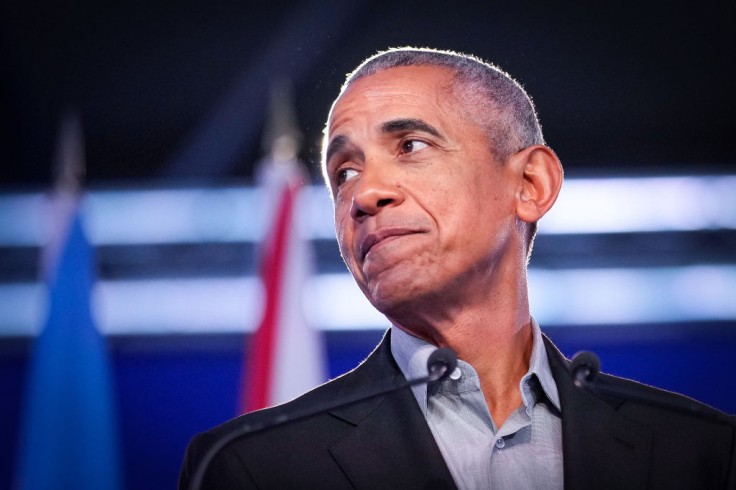
Barack Obama was the 44th President of the United States and was in office from 2009 to 2017, serving two consecutive terms as President. During his time in office, he faced challenges posed by the Great Recession that occurred from December 2007 to June 2009.
According to the White House archives, he took steps to help the hardest-hit Americans, such as the Recovery Act and various tax reliefs.
He also made it easier for responsible homeowners to stay in their homes by stabilizing the housing sector. He also improved the country's education sector, granting more children access to high-quality preschool for children from low-income families and keeping college within reach for more Americans.
However, those are not his only achievements. He also made sure that America's technological sector kept going and improving to make the country better.
Here are some of the legacies he left behind in the technology sector that we still enjoy to this day to celebrate his 61st birthday:
The Implementation Of The National Strategy For Trusted Identities In Cyberspace
The internet is a developing technology back in the Obama administration. During his first term, he saw the growth of most of the social media platforms we come to know and love (or hate) today, such as YouTube, Facebook, Twitter, and Tumblr.
However, the public was skeptical and understandably wary of the internet's capabilities, especially when it comes to privacy.
To address this, Obama and his administration implemented the National Strategy for Trusted Identities in Cyberspace to promote the free flow of information while also guaranteeing the security and privacy of data and the integrity of interconnected networks, per a separate White House archive page.
Expansion Of Broadband Access
With the internet seeing more usage by the day, a fast and reliable internet connection slowly became a necessity than a luxury amongst the public.
To expand fast internet access, he expanded broadband access nationwide with $7 billion in targeted investments from the Recovery Act.
The Washington Post mentioned that although the Obama administration was unable to bring "true broadband [to] every community in America," he was able to bring broadband services to 94% of Americans.
Lab To Market Initiatives
The Obama administration's Lab to Market initiatives was an effort aimed at helping to strengthen the "commercialization of the nearly $148 billion in annual federally-funded research and development."
Thanks to the initiatives, Federal agencies were encouraged to streamline their technology-transfer procedures and the commercialization of novel technologies from Federal laboratories.
According to the White House archives, the Sonic Leak Quantifier is one of the technologies that became a reality thanks to the Lab To Market Initiatives.
Digital Promise
The Obama administration also utilized technology to improve the technology used to teach children and help them learn. To do so, it launched a new national center for advancing learning technologies called Digital Promise.
Thanks to the establishment of Digital Promise, 173 districts in the US have received improved learning technologies, helping more than 3.8 million students and more than 180 thousand teachers in the process, per Digital Promise's official website.
The National Robotics Initiative
Robots can be of great help to people to extend or augment their capabilities. As such, President Obama and his administration started its National Robotics Initiative to help people develop more robots to do just that.
The initiative was created to augment worker productivity in the manufacturing sector with robots as well as people working in dangerous and expensive missions.
It also helped scientists further accelerate the discovery of new, life-saving drugs, and improve food safety with robots quickly sensing microbial contamination.









